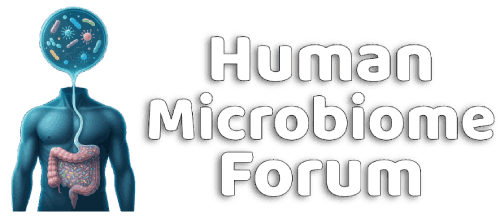https://gut.bmj.com/content/70/9/1665
https://www.medicalnewstoday.com/articles/blue-poop-challenge
It's a shame that this study didn't use this test, as it would have been a useful data point.
https://www.medicalnewstoday.com/articles/blue-poop-challenge
Note that there was a distinct cluster around 24 and 48 hours that were considered normal.In its study, ZOE tracked the gut transit time of 863 people who ate the blue muffins. They found that the time between eating and passing the muffins averaged 28.7 hours, but it ranged from just 12 hours to several days. The researchers were then able to compare each person’s gut transit time with the microorganisms in their poop.
ABSTRACT
Background and aims Gut transit time is a key modulator of host–microbiome interactions, yet this is often overlooked, partly because reliable methods are typically expensive or burdensome. The aim of this singlearm, single-blinded intervention study is to assess (1) the relationship between gut transit time and the human gut microbiome, and (2) the utility of the ’blue dye’ method as an inexpensive and scalable technique to measure transit time.
Methods
We assessed interactions between the taxonomic and functional potential profiles of the gut microbiome (profiled via shotgun metagenomic sequencing), gut transit time (measured via the blue dye method), cardiometabolic health and diet in 863 healthy individuals from the PREDICT 1 study.
Results
We found that gut microbiome taxonomic composition can accurately discriminate between gut transit time classes (0.82 area under the receiver operating characteristic curve) and longer gut transit time is linked with specific microbial species such as Akkermansia muciniphila, Bacteroides spp and Alistipes spp (false discovery rate-adjusted p values <0.01). The blue dye measure of gut transit time had the strongest association with the gut microbiome over typical transit time proxies such as stool consistency and frequency.
Conclusions
Gut transit time, measured via the blue dye method, is a more informative marker of gut microbiome function than traditional measures of stool consistency and frequency. The blue dye method can be applied in large-scale epidemiological studies to advance diet-microbiome-health research. Clinical trial registry website https://clinicaltrials.gov/ct2/show/NCT03479866 and trial number NCT03479866.
The study did not find a direct link between cardiometabolic health and diet, but given the evidence for diet improving motility in other studies, they speculate that the food frequency questionnaire they used might not be sensitive enough to understand the relationship. The main benefit of this study however isn't so much it's findings on the microbiome or health, however, but demonstrating a extremely simple method for judging transit time that's more accurate than looking at stool composition. I have personally used it to help identify a food intolerance, as I had a normal transit time but still had hard stools, indicating that something else was causing the unhealthy stools rather than slow transit time.Significance of this study
What is already known on this subject?
- Gut transit time is infrequently considered as a covariate in microbiome studies.
- Current validated methods measuring gut transit time pose several limitations including high cost and high participant and researcher burden.
What are the new findings?
- Gut transit time, measured via the blue dye method, is a more informative marker of gut microbiome function than traditional measures of stool consistency and frequency.
- Gut microbiome composition predicts gut transit time classes and longer gut transit time is linked with Akkermansia muciniphila, Bacteroides and Alistipes spp relative abundances.
- Gut transit time is independently related to visceral fat mass and postprandial measures.
How might it impact on clinical practice in the foreseeable future?
- The blue dye method for measuring gut transit time can be applied in large-scale epidemiological studies to advance diet-microbiome-health research.
It's a shame that this study didn't use this test, as it would have been a useful data point.
- Format correct?
- Yes
